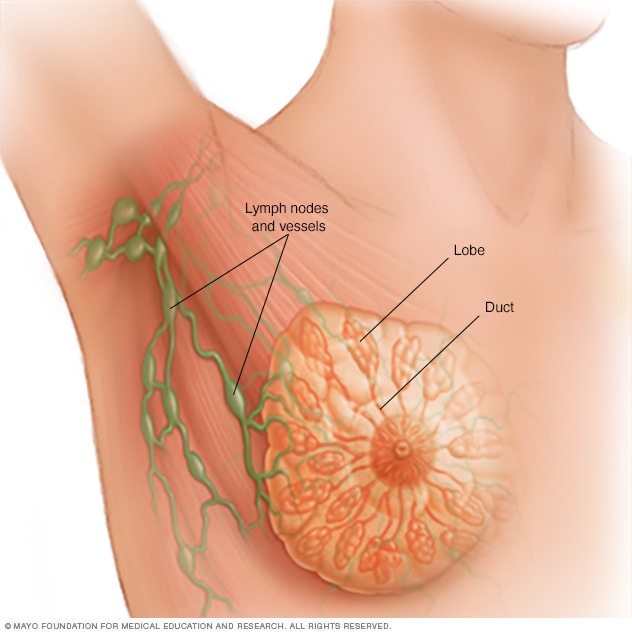Breast cancer, a formidable adversary affecting millions globally, presents a complex landscape. Gaining a deep understanding of the stages of breast cancer is pivotal, as it facilitates timely detection, effective treatment, and ultimately, improved outcomes. In this comprehensive article, we will delve into the intricacies of breast cancer staging, shedding light on the subtleties that empower individuals with knowledge and promote proactive healthcare.
Demystifying Breast Cancer Staging: A Crucial Overview
Breast cancer staging is a systematic process meticulously classifying the extent of cancer’s presence within the body. It entails assessing various factors, including tumor size, its invasion into adjacent tissues, and the potentiality of spreading to distant organs. The American Joint Committee on Cancer (AJCC) employs a standardized system comprising several vital components, offering a holistic grasp of the disease’s progression.
Decoding In Situ Cancer
Stage 0 breast cancer, often termed in situ cancer, marks the initial phase of this disease. At this stage, abnormal cells are localized within the ducts or lobules of the breast, posing minimal risk of metastasis. Vigilant early detection through regular screenings and mammograms plays a pivotal role in identifying and managing stage 0 breast cancer effectively.
Embracing Localized Growth
As breast cancer advances, it transitions into Stage I and II, signifying localized growth confined within the breast. Stage I typically involves a small tumor, while Stage II may encompass a larger tumor or the presence of cancer cells in nearby lymph nodes. Standard treatments at this stage often entail surgical interventions like lumpectomy or mastectomy, followed by radiation therapy in many cases.
The Challenge of Regional Spread
Stage III breast cancer signals regional spread, with the disease affecting nearby tissues or lymph nodes. The complexity of treatment escalates significantly at this stage, necessitating a combination of surgical procedures, chemotherapy, and potentially hormone therapy. Early diagnosis remains paramount for effective management and improved outcomes.
The Battle Against Advanced and Metastatic Cancer
In Stage IV, breast cancer reaches an advanced and metastatic state, with malignant cells spreading to distant organs such as the lungs, liver, or bones. While the primary focus shifts towards palliative care, advancements in targeted therapies offer hope for managing and controlling the disease’s progression, enhancing the quality of life.
Critical Determinants Influencing Breast Cancer Staging
Several crucial factors play pivotal roles in determining breast cancer staging, shaping the appropriate treatment approach, and prognosticating outcomes:
1. Tumor Size and Grade: The size and grade of the tumor serve as fundamental considerations in the staging process. Larger tumors often signify a more advanced stage, while the tumor’s grade reflects the aggressiveness of cancer cells.
2. Lymph Node Involvement: The involvement of lymph nodes serves as a significant indicator of the extent of cancer spread. Lymph node biopsy provides invaluable information for precise staging.
3. Hormone Receptor Status: Discerning the hormone receptor status, specifically whether the cancer is estrogen or progesterone receptor-positive, guides the selection of targeted therapies, enabling more personalized treatment plans tailored to individual needs.
4. HER2 Status: The human epidermal growth factor receptor 2 (HER2) status is a critical determinant. HER2-positive breast cancers may benefit from targeted therapies designed to address this specific receptor.
Empowering Yourself: The Significance of Early Detection
Empowering individuals with knowledge about breast cancer and its stages is paramount in promoting early detection. Engaging in regular self-examinations, adhering to routine screenings, and raising awareness of familial risk factors all contribute to timely diagnosis and enhanced treatment outcomes.
In Conclusion: Navigating the Journey with Knowledge
In conclusion, comprehending the stages of breast cancer is pivotal for navigating the challenging journey of diagnosis and treatment. From the earliest indicators to advanced stages, each phase necessitates tailored interventions. Armed with knowledge about the stages and the factors influencing them, individuals can actively engage in their healthcare journey, fostering a profound sense of control and resilience in the face of adversity.
